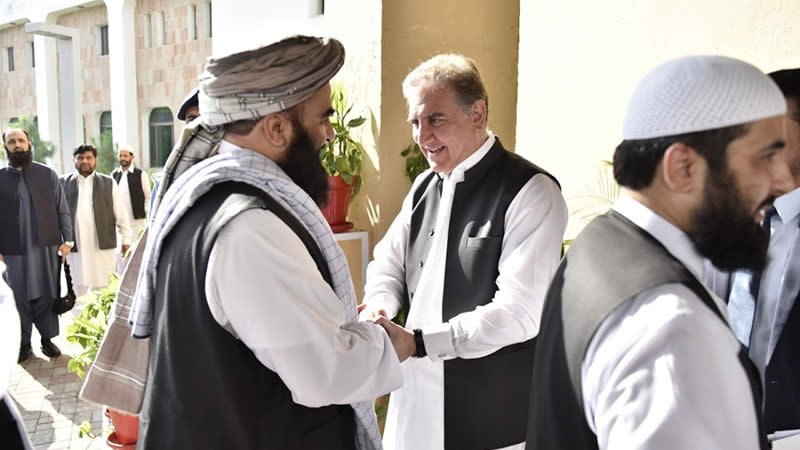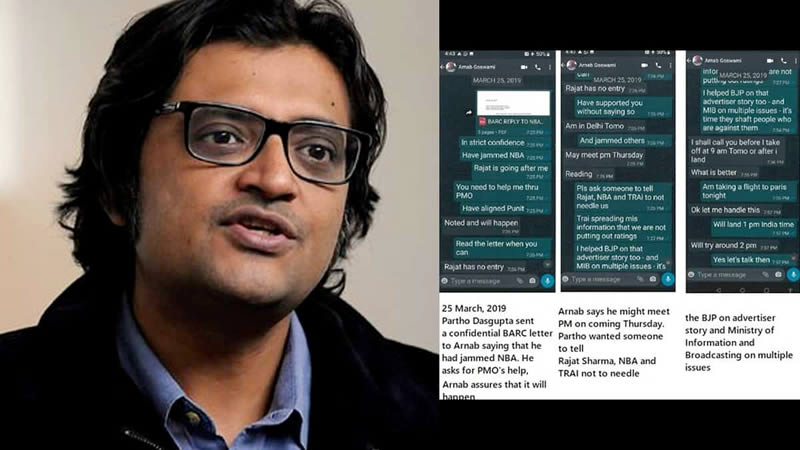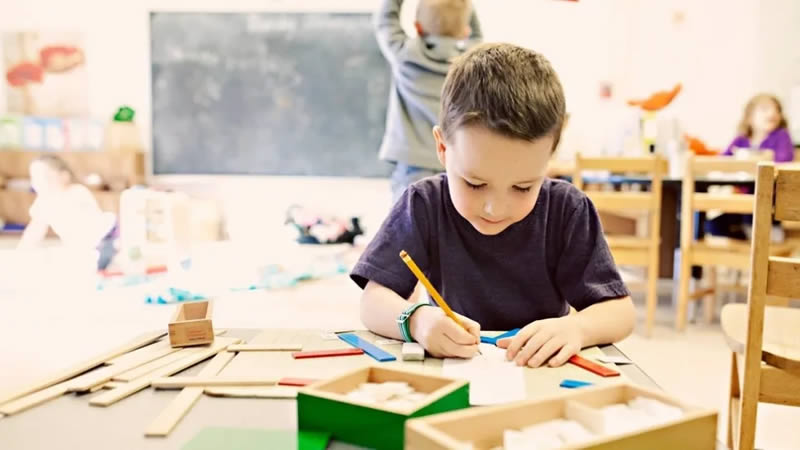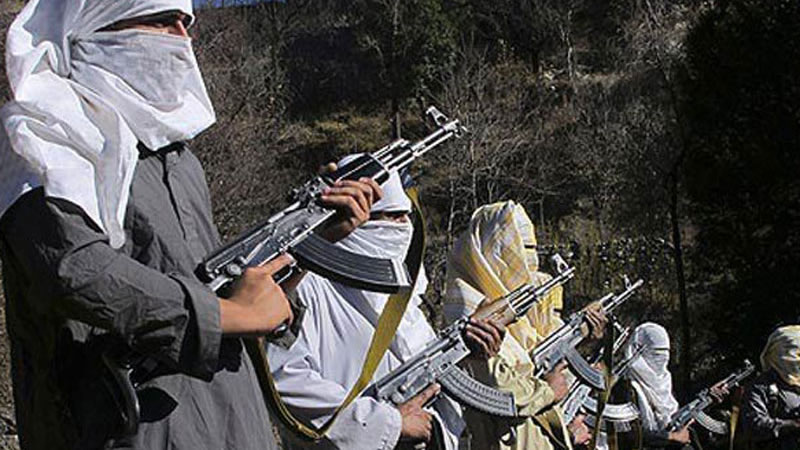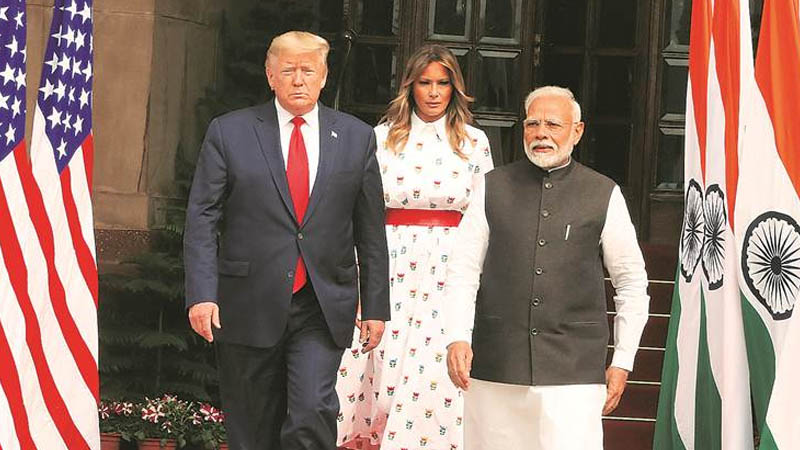 The subject might not feature prominently in the news anymore but the effects of the devastating floods of last year carry on, unnoticed by the mainstream media. The news-item based media, in its limited concentration span, frames incidents and events on a discrete timeline, as if they were over and done with instantaneously. But here in the real world, calamities, at times, keep on getting worse. The homeless affectees of the floods have already had to brave the elements in the dead of winter but a comfortably higher temperature would only slightly mitigate their misery. A Unicef report claims that the province of Sindh faces sever food-insecurity issues. There is widespread hunger, especially amongst the children. The malnutrition levels in the province are way above the threshold that the World Health Organisation parametrically defines as a crisis. In fact, the malnutrition in some areas is classified as under the “severe acute” category. To put things in perspective, if the numbers don’t translate well, we have a Chad-like situation on our hands. At least as far as hunger goes.
The subject might not feature prominently in the news anymore but the effects of the devastating floods of last year carry on, unnoticed by the mainstream media. The news-item based media, in its limited concentration span, frames incidents and events on a discrete timeline, as if they were over and done with instantaneously. But here in the real world, calamities, at times, keep on getting worse. The homeless affectees of the floods have already had to brave the elements in the dead of winter but a comfortably higher temperature would only slightly mitigate their misery. A Unicef report claims that the province of Sindh faces sever food-insecurity issues. There is widespread hunger, especially amongst the children. The malnutrition levels in the province are way above the threshold that the World Health Organisation parametrically defines as a crisis. In fact, the malnutrition in some areas is classified as under the “severe acute” category. To put things in perspective, if the numbers don’t translate well, we have a Chad-like situation on our hands. At least as far as hunger goes.
At the moment, there are an estimated 600,000 people still living in refugee camps across Sindh and Balochistan. The focus of the national media and, it has to be added here, the political opposition, has shifted entirely away from the devastation caused by the floods. This is not to say anything about the affectees of Swat’s 2009 military operation or the earthquake of 2005. Still suffering, their plight has been all but forgotten.
Though it might be a crude way to put it, the media needs to effectively market such tragedies well to the affluent viewing public. Not only will this yield a polity that is unified during times of crises, it will also ensure that the government remembers that the poor, disenfranchised and unfortunate are always with us. They need to know that though we might appear to have moved on, as is the way of the world, we are still sensitive to their plight. – Pakistan Today


